Convenience Store Business Plan Template
If you want to start a convenience store business or expand your current one, you need a business plan.
Over the past 20+ years, we have helped over 7,000 entrepreneurs and business owners create business plans to start and grow their convenience stores.
Below are links to each section of your convenience store business plan template:
2. Company Overview
3. Industry Analysis
4. Customer Analysis
5. Competitive Analysis
6. Marketing Plan
7. Operations Plan
8. Management Team
9. Financial Plan
10. Appendix
Convenience Store Business Plan FAQs
What Is the Easiest Way to Complete My Convenience Store Business Plan?
Growthink's Ultimate Business Plan Template allows you to quickly and easily complete your Convenience store Business Plan.
Where Can I Get a Convenience Store Business Plan PDF?
You can download our Convenience Store business plan PDF here. This is a business plan template you can use in PDF format.
What Is a Convenience Store Business Plan?
A business plan provides a snapshot of your convenience store as it stands today, and lays out your growth plan for the next five years. It explains your business goals and your strategy for reaching them. It also includes market research to support your plans.
Why Do You Need a Business Plan for a Convenience Store?
If you’re looking to start a convenience store or grow your existing convenience store you need a business plan. A business plan will help you raise funding, if needed, and plan out the growth of your convenience store in order to improve your chances of success. Your convenience store business plan is a living document that should be updated annually as your business grows and changes.
What Are the Sources of Funding for a Convenience store?
Convenience stores are usually funded through small business loans, personal savings, credit card financing and/or angel investors.
What Products Should You Include in Your Convenience Store?
Many aspects of your business plan for a convenience store hinge on the choice of products for the store to carry. Certainly, this should be based on the customers you seek to reach with your store. Here are some other considerations that should go into the choice of the product line.
Level of Variety
With a high level of product variety (a broad product line), your store may be sought out by more customers who may find what they need more often, on average, leading to increased revenues. However, this benefit carries with it increased storage costs for the additional inventory that isn’t placed directly on shelves, especially items which sell fast. The storage costs include the rent for storage space or a storage room at the store and all of the labor associated with tracking and finding items in storage. There is also a need for more shelf space which may require more display units and even a larger store and higher rent. With more items to track and constantly restock, as well as the difficulty in projecting sales for a specific item, there is a greater chance of stocking out on any specific item. In those cases, hopefully you carry similar items that a customer might buy as a substitute.
With low variety (a narrow product line), the costs associated with stock-outs, storage, and shelf space are reduced somewhat. However, you will turn away more customers who cannot find the exact item they are seeking and will not accept substitutes.
Pricing For Convenience
Convenience stores, focused on quick purchases to fill a specific customer need, whether it is to change a light bulb or solve a sugar craving, offer their convenience in the form of a smaller store by pricing at a premium to what a customer would pay in a larger store like a supermarket, chain drug store, or hardware store. Customers are willing to pay 10% more for an item (or even higher), for example, to avoid a longer wait in line and longer travel time to reach the larger store.
In choosing the products to carry, you must examine the cost of purchasing in low quantities and make sure you can price high enough to cover the higher unit cost you will incur over what a larger store might. Products that are too expensive to buy in low quantities will not be feasible for this reason, as there is a limit to the price you can charge and expect to sell the product at.

 Use This Simple Business Plan Template
Use This Simple Business Plan Template How to Create a Business Plan
How to Create a Business Plan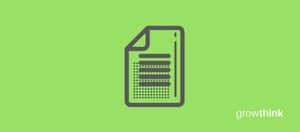 The Perfect Outline for a Business Plan
The Perfect Outline for a Business Plan How to Expertly Format a Business Plan
How to Expertly Format a Business Plan 100 Sample Business Plans
100 Sample Business Plans Business Plan Consulting Services
Business Plan Consulting Services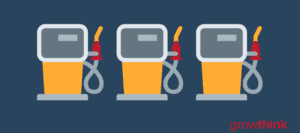 Gas Station Business Plan Template
Gas Station Business Plan Template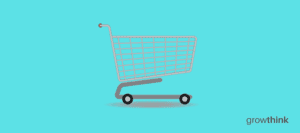 Grocery Business Plan Template
Grocery Business Plan Template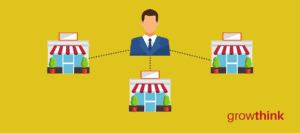 Franchise Business Plan Template
Franchise Business Plan Template Pharmacy Business Plan
Pharmacy Business Plan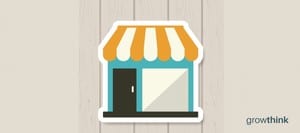 Retail Business Plan
Retail Business Plan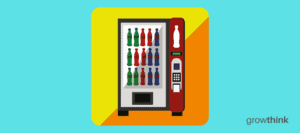 Vending Machine Business Plan
Vending Machine Business Plan